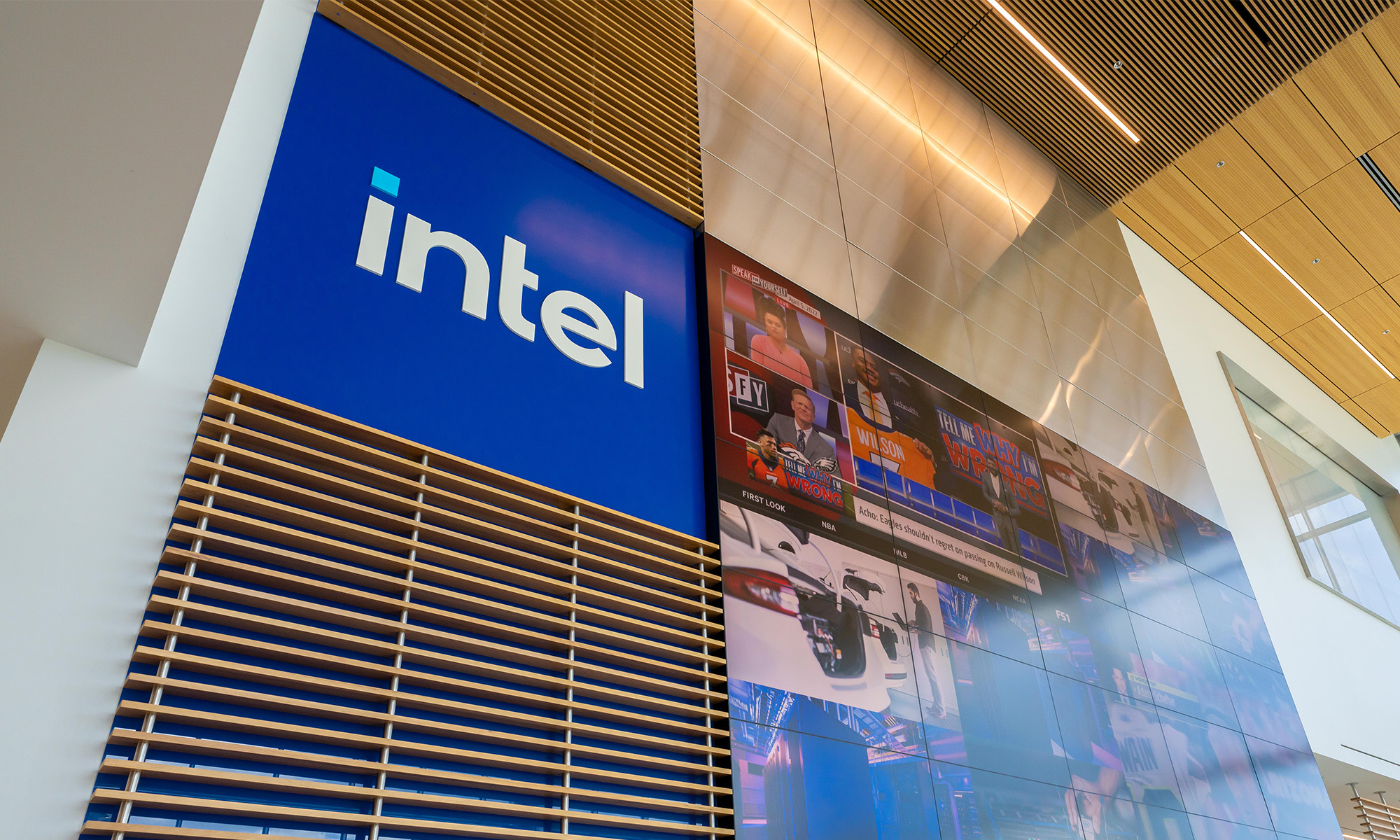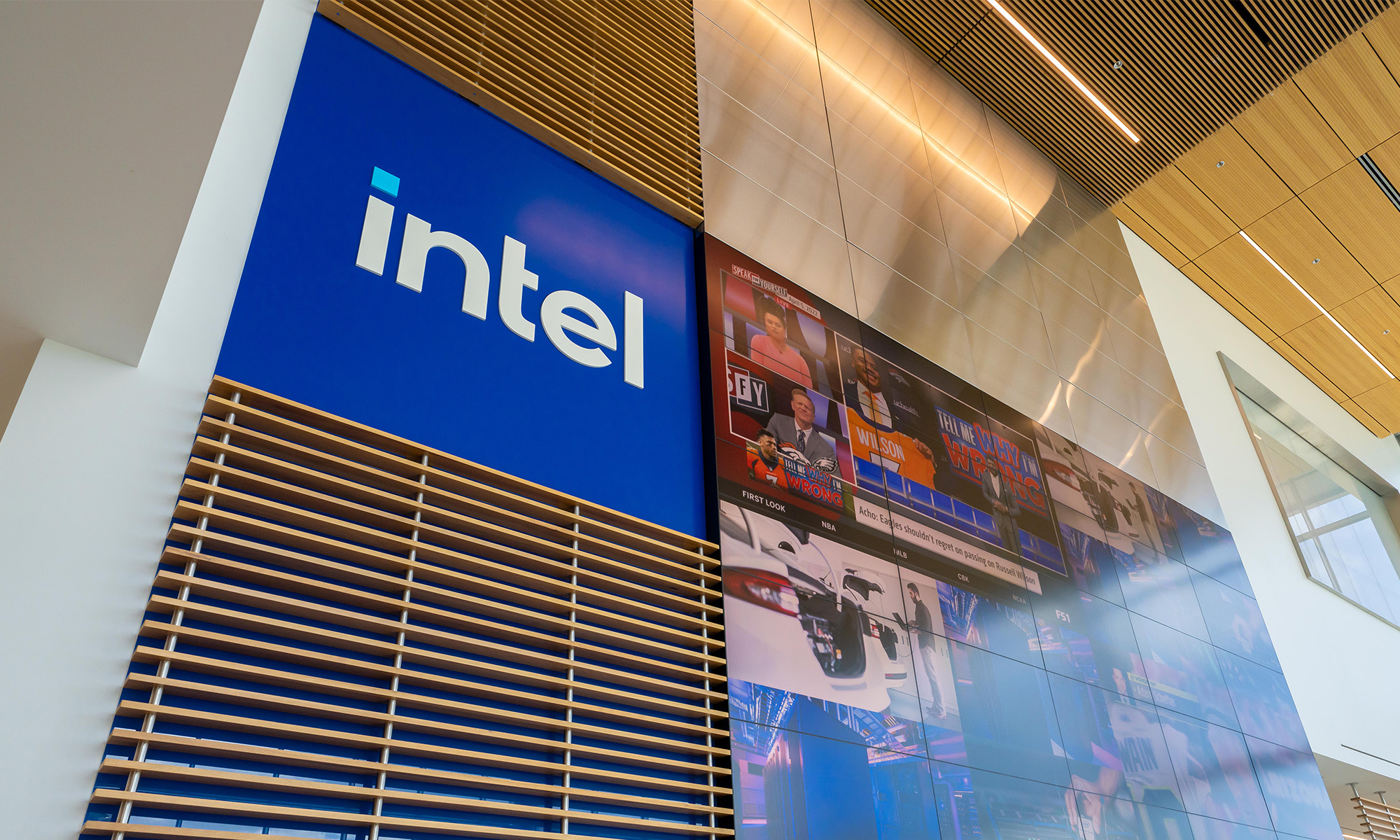For decades, Intel (INTC +1.52%) and its second-fiddle rival Advanced Micro Devices (AMD +6.15%) dominated the microprocessor market. From PCs to business servers, finding a processor that wasn't Intel or AMD was, for all intents and purposes, impossible.
But things changed in the age of mobility that kicked off in the late 2000s, and the change could be accelerating. Even Arm Holdings (ARM +0.46%), the semiconductor tech patent-holder that helped kick off that sea change, could be at risk.
From what, exactly? Something called RISC-V.

NASDAQ: AMD
Key Data Points
The oversimplified explanation of computing basics
Before delving into RISC-V, let's cover some computing basics.
Microprocessors (like the CPU found in every PC and laptop) are a type of chip responsible for handling general-purpose computing. They perform computations on long strings of "1s" and "0s" -- created by tiny electrical on-off switches on the surface of these chips called transistors. These actions are the basis of all software that we interact with, including this very web page.
But how are these computations on the 1s and 0s actually performed? That's governed by what's called an ISA, or instruction set architecture, a type of interface between the processor and the software that runs on it that governs how the computing system works. There are two types of ISA: CISC (complex instruction set computer) and RISC (reduced instruction set computer).

NASDAQ: INTC
Key Data Points
Back in the 1970s, Intel developed a CISC called x86 for microprocessors that became the industry standard. In the 1980s, law dictated that AMD would become a second x86 processor provider, and would pay Intel royalties for its use.
But in 1990, Apple (AAPL +0.17%) invested in a company called Advanced RISC Machines -- now simply called Arm. And as implied by the "RISC" ISA, Arm's goal was to provide a simplified (or "reduced") instruction set for microprocessors. This is the groundwork that helped Apple pioneer the energy-efficient-yet-powerful mobile devices riding around in our pockets, on our wrists, and in our ears today.
The x86 (and Arm) defense
Despite the rise of Arm-based mobile chips, especially since the 2000s, the Intel-AMD x86 duopoly has been just fine. The reason has less to do with engineering and manufacturing, and a lot to do with software.
You see, virtually all software programs out there were built atop and continuously optimized for the x86 ISA. No matter how energy efficient and powerful these Arm chips have been, it's just not all that practical to rip out old x86 infrastructure because it would require years of new bespoke software development atop the Arm RISC architecture. That's why Apple, and other parts of the mobile computing space, developed as a sort of second prong of the IT industry alongside x86, rather than supplanting it.
However, after several decades of development from deep-pocketed Apple and others, Arm is starting to gain a foothold in parts of the market that used to be x86-only. For example, Apple's MacBooks now feature the M-series chips, cutting Intel completely out of those laptops. Qualcomm is working on doing something similar with its own Arm-based chips for Windows laptops (it acquired a small start-up with former Apple engineers named Nuvia a few years ago). Even data center servers are starting to feature Arm processors in them.
But in addition to the Arm revolution, another wave of change is coming hot on its heels. Enter RISC-V.
What is RISC-V?
Much like Arm, RISC-V is a reduced instruction set, with the V (a Roman numeral) signifying the fifth-generation of RISC architecture. It was started in 2010 and has quickly picked up steam. In 2020, the RISC-V International organization was established in Switzerland, a non-profit with the goal of evangelizing the benefits of RISC-V to the global developer community.
A big draw of RISC-V is its open architecture. Companies are free to experiment with the basic processor designs, and these basics are royalty-free. There's no payment-per-chip manufactured as with other monopolistic tech licensors under x86 or Arm, and its open platform allows for ease of experimentation within semiconductor land. RISC-V has already found its way into lots of computing systems, especially custom microcontrollers (a type of processor found in a lot of industrial applications). RISC-V International said in late 2022 that it had 10 billion RISC-V processor cores in operation around the world.
Fast progress is being made to expand the ecosystem, which helps with uptake as more software is written on the instruction set. It could be many years (or maybe never) before a mainstream PC or laptop with a RISC-V processor comes to market, but lots of data center chips for custom applications are already being seriously developed.
This could be a long-term risk to companies like Intel and AMD, which are still at this point highly reliant on x86-based chips. They have time to adapt, and in some respects already are. AMD made two big acquisitions in 2022, Xilinx and Pensando, which gave it exposure to computing tech outside of its traditional roots. Intel has also been building in support, especially in its manufacturing marketed to other chip design companies, for Arm and RISC-V chips.
Semiconductor software design (known as EDA, or electronic design automation) providers Synopsys, Cadence Design Systems, and Siemens also support RISC-V development.
It's important to bear in mind that computing tech is always in flux. It's an industry where playing offense is often rewarded. RISC-V isn't likely to be the death of anyone in the semiconductor market, but it could pose serious challenges for leaders like Intel and AMD if rival chip design firms continue to funnel lots of money into RISC-V hardware and software development.







